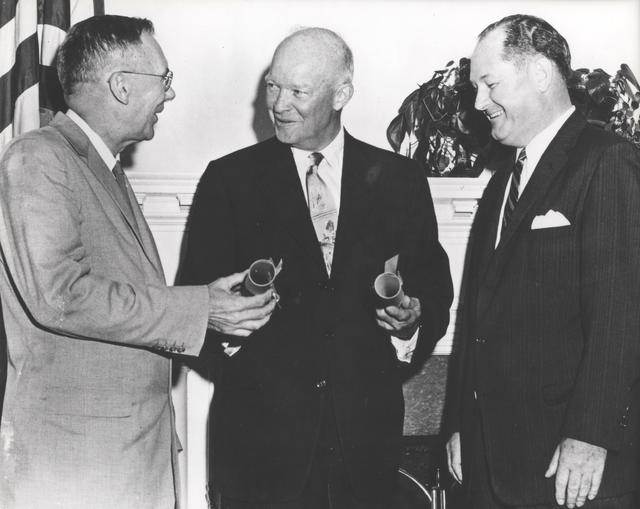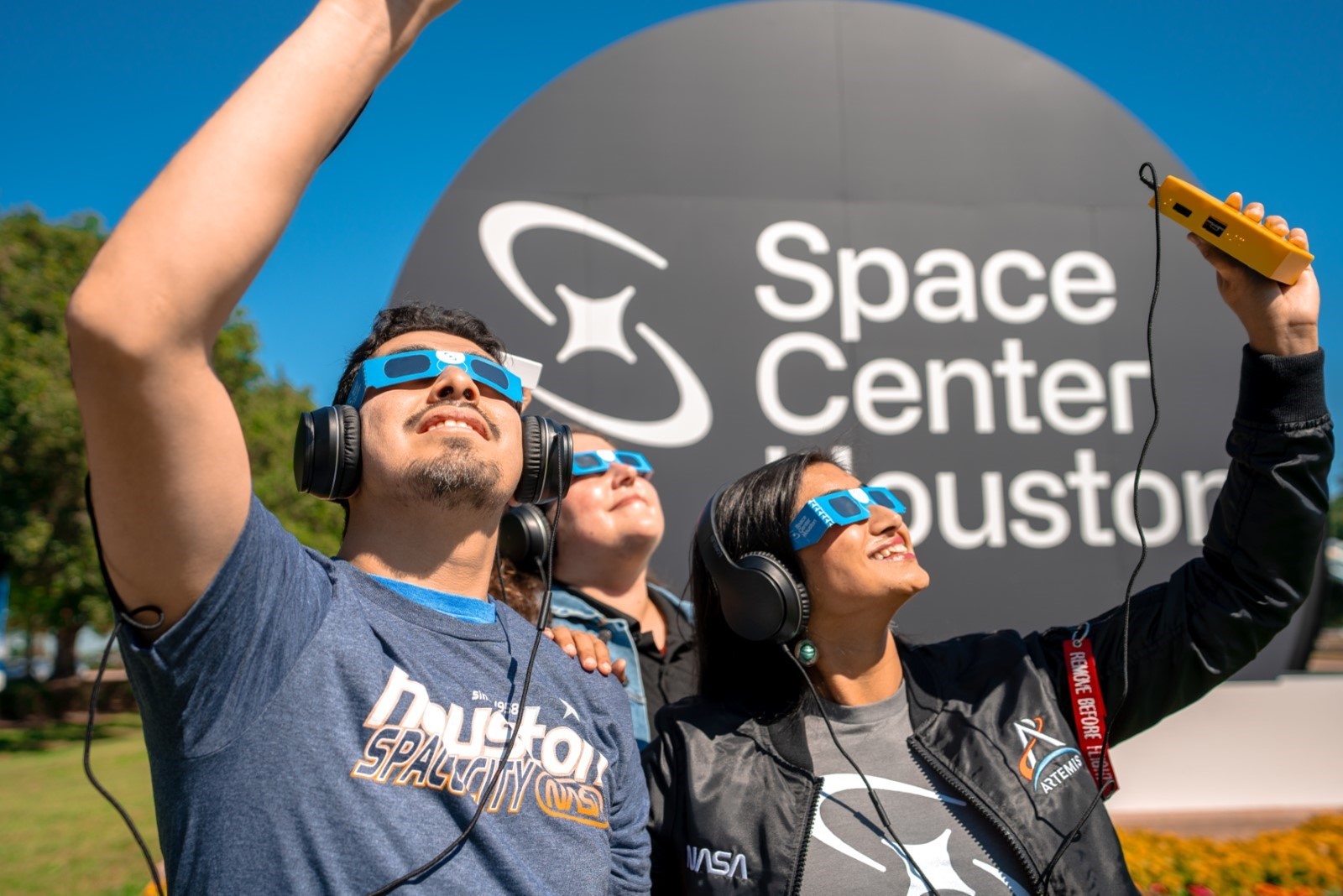The year is 1957; the day is October 4th. Sputnik has just launched, and the Space Race has begun. The United States felt the pressure more than ever to create a national space agency, one which could compete with the Soviets.
However, the nation was not exactly sure how this new agency would be created. Would it be an extension of the already existing National Advisory Committee for Aeronautics (NACA) or extend from a branch of the military? Or, would a new agency be formed?
Surprisingly, NACA had sprung up in much the same fashion that NASA later did. Congress established NACA in 1915 to catch up with Europe’s aircraft innovations. NACA’s objectives shifted throughout the years to support missile research during the Cold War and then toward crewed space flight toward its final years.
A new agency
President Eisenhower felt growing pressure from then Senator, Lyndon B. Johnson (whom the Johnson Space Center was named after), and other members of Congress to establish a new space agency. On Feb. 6, 1958, the Senate Special Committee on Space and Aeronautics was established with Senator Johnson serving as the chairmen and with this sole goal in mind. On March 5th, the House of Representatives followed suit, establishing the Select Committee on Astronautics and Space Exploration.
That same day, President Eisenhower approved a memorandum that proposed the creation of a, “civilian space agency built around NACA.” NACA had received much criticism including that it had, “become too lethargic to deal with the onrush of events.”
Just like that, the wheels were set in motion to draft a new agency that could lead America into the Space Race and propel the nation to the forefront of human space travel.
On April 2, Eisenhower sent a draft to Congress establishing the “National Aeronautics and Space Agency” which was later amended to become the “National Aeronautics and Space Administration” and after Congress had passed the legislation, on July 29th, President Eisenhower signed the National Aeronautics and Space Act into law.
What did it do? It established NASA.
NASA’s purpose

It also set forth 8 main objectives for the new space agency to carry out. According to NASA, these included, “the expansion of human knowledge of phenomena in the atmosphere and space,” along with, “the development and operation of vehicles capable of carrying instruments, equipment, supplies and living organisms through space.”
Also listed as a primary objective was, “the preservation of the role of the United States as a leader in aeronautical and space science and technology and in the application thereof to the conduct of peaceful activities within and outside the atmosphere.”
On Aug. 19, 1958, Eisenhower’s appointees were sworn in. T. Keith Glennan was named NASA’s first Administrator and Hugh Dryden, who had been the head of NACA, was made NASA’s first Deputy Administrator.
On Oct. 1, NASA was officially open for business. NACA turned over operations to NASA and its missions and facilities were incorporated into the new space administration. Many NACA personnel took high-level positions at NASA and were critical to getting NASA up and running so quickly.
Since its passing, the Space Act has been amended many times. In 1989, the Authorization Act added a 9th goal for NASA: “The preservation of the United States preeminent position in aeronautics and space through research and technology development related to associated manufacturing processes.”
In its 61 years, NASA has accomplished much, including all the primary objectives laid out in the Space Act of 1958. It put a man on the moon in less than a decade of operation, and peacefully conducts space missions while cooperatively working with other nations aboard the International Space Station (ISS), which is on its 60th expedition!
To think, it all started with a satellite named Sputnik.
Read the full Act here.






